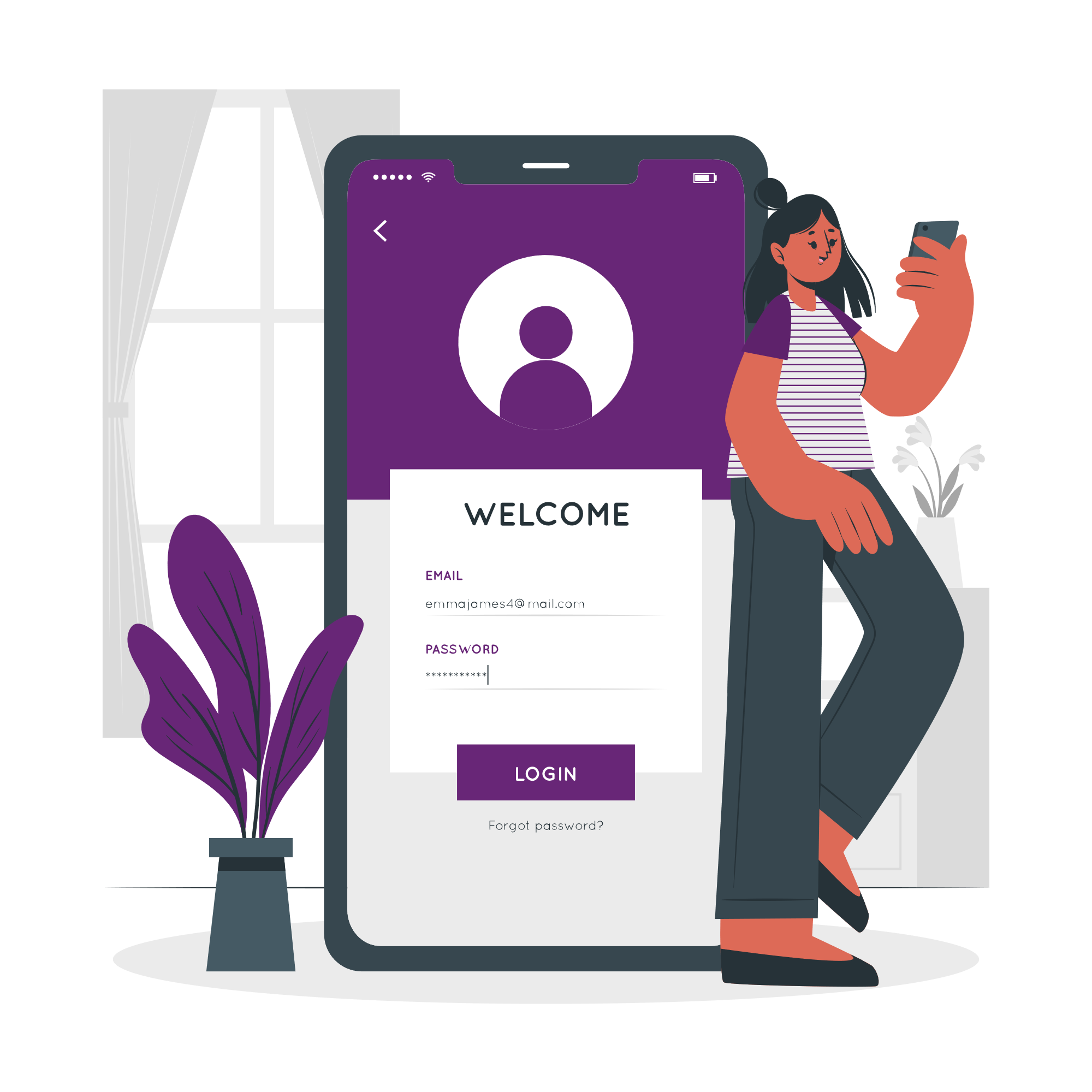From all the industry discussion and HMRC guidance, we know that MTD needs to be a collaboration between accountants and companies. After all, accountants are reliant on regular data from clients, and there needs to be ongoing communication to comply with more frequent submission requirements.
Based on our work with accountants – and our discussions with HMRC at their monthly software vendor meetings – here are our recommendations for streamlined client communication on MTD.
Explain the purpose of MTD
According to recent ICAEW research, more than 40% of businesses about to be affected by MTD aren’t aware of it – even though the change is mandatory. This lack of awareness puts accountants in the driving seat, giving you an opportunity to add value.
As with any change, clients are more likely to be proactive if they understand what MTD means and how they’ll benefit. We’ve summarised the key points in this article, which you’re free to share with clients[AG1] . MTD will make their lives easier in the long run, so it’s in their interest to get the right processes in place as soon as possible.
Start early by doing a test VAT submission
The best way to help clients understand what they need to do is to give them first-hand experience. And there’s one quarter left to test digital VAT submission before it becomes mandatory. If your clients are used to filling in the free form on the gov.uk website or giving you a shoebox of receipts, MTD represents a big change to your current operating process.
Holding their hand through the process (without the pressure) means you can create a list of changes that will make future return preparation easier for everyone. Plus, it gives clients time to implement those changes, including educated staff.
Give clients a checklist of required actions
Once you’ve run the trial submission, you’ll have a good idea of where the bottlenecks are and where training and tools are required. Distil these down into clear actions you need the client to take, and give them deadlines for each.
This keeps it manageable and straightforward while delivering the accountability needed to get everything in place before the deadline.
Talk to them about technology
As we know, MTD requires clients to change their behaviour when it comes to providing information because you need that constant stream of digital data. And that means adopting technology for invoicing and expenses management, tools they need and want to enable real-time data sharing.
If the client does use accounting software, we recommend checking whether it’s MTD compliant. Not all are, and given the added workload MTD will create, it’s better to get them on board with the right solution now rather than relying on data extraction and spreadsheet uploading later on.
Keep checking in and reminding them
This isn’t about pestering; it’s about keeping clients on track and making preparation as easy as possible. A simple way to do this is to have a connected environment online, where real-time reporting means you can see their progress and they can see yours.
This also gets clients used to online tools for tracking returns and information submission, so you have a solid foundation for ongoing MTD compliance.
Watch out for the next post in the Accountant FAQ series and read more about MTD-compliant technology.







